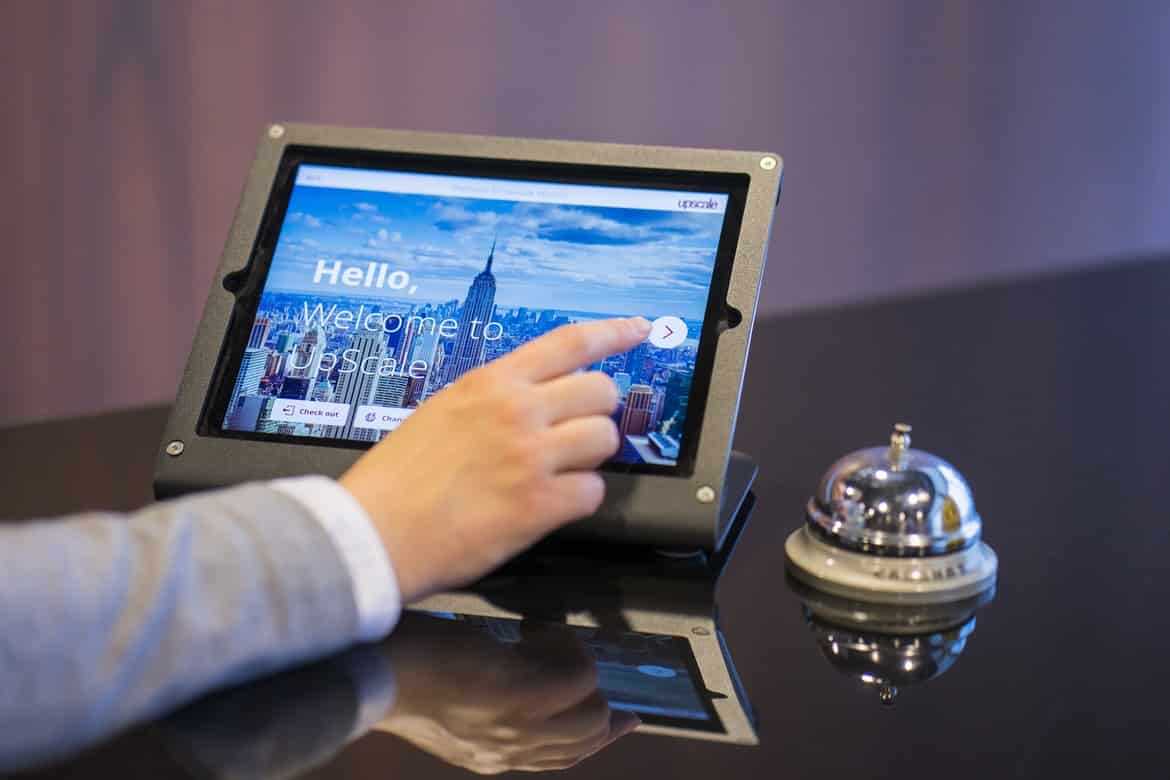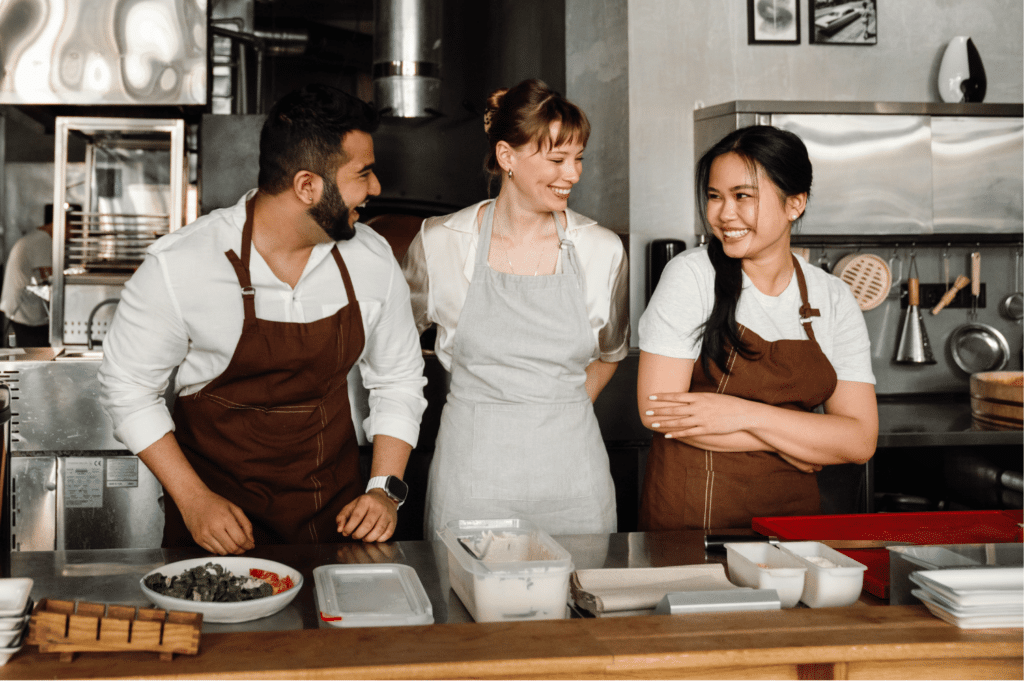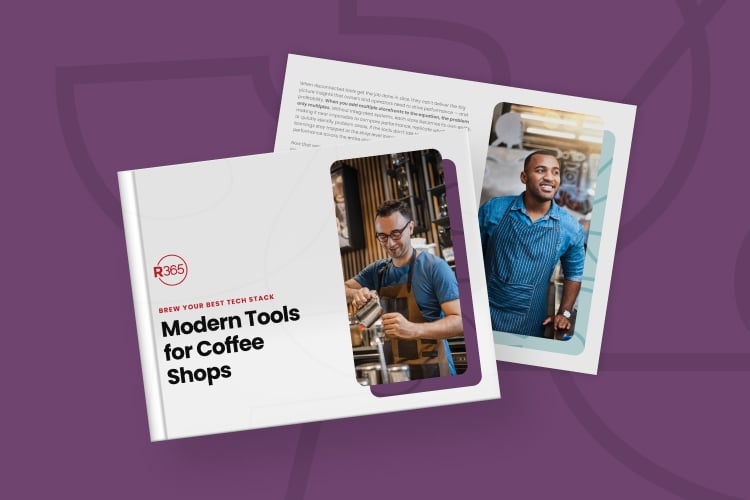Spring Break is right around the corner! According to Vacasa’s 2022 Spring Travel Trend’s survey, one thing is clear: everyone needs a break this spring. The survey showed that:
- More than half (56%) of Americans are planning a trip this spring. 37% are planning to travel during spring break, specifically, which is an increase from the 29% who were traveling for Spring Break 2021.
- American travelers are mostly staying planted on U.S. soil, with 75% planning a domestic trip.
According to the National Restaurant Association’s recently published State of the Restaurant Industry, many restaurants rely on business travelers and tourists to boost their sales. The percentage breakdown of sales from travelers in a typical year pre-COVID-19 was as follows:
- Family dining – 31%
- Casual dining – 32%
- Fine dining – 41%
- Quickservice – 23%
- Fast casual – 25%
- Coffee & snack – 32%
The study also stated that household wealth was trending sharply higher. In fact, personal savings rates stayed above pre-pandemic levels allowing many consumers to build up a financial cushion, which could positively impact on consumers’ current and future financial decisions – including upcoming travel choices.
So, whether you are a specialty kiosk, fast-casual, or fine dining, there is additional money to be made by catering to tourists. Below are eight low-cost strategies to get travelers in your doors.
Play up your local appeal
Brainstorm about what you have to offer that appeals to tourists and play up those attributes. Do you have great views? Maybe a long history with locals? An interesting story about your family origin? Your culinary background? Nostalgia appeals to tourists who are out creating memories, so be sure to include interesting facts in you advertising.
Add fresh, seasonal tastes to your menu
Locally sourced, regional cuisine is always a big hit for visitors because it adds to the overall cultural experience. If you are tempted to try a seasonal menu but still not convinced, try an abbreviated “spring” menu to test the waters.
Put your menu on display
Advertising your menu where it can be clearly seen from outside can increase the number of drop-ins during high traffic times. Often, tourists don’t know what to expect when it comes to local fare and prices. Knowing what to expect before they enter your restaurant sets them up for a better experience.
Boast about your restaurant’s active precautions and cleaning procedures
Be sure that you post online, in social media, and in clearly visible signs outside and inside your facility that your employees are taking all necessary precautions to ensure the customers’ safety. This measure will resonate with those who are concerned about COVID-19 precautions.
Contact nearby hotels
Introduce yourself to the concierges of local hotels and let them know why their guests would be interested in your restaurant. A good concierge wants to have many offerings for a variety of guests’ different preferences, making the addition of another option for them is a win-win. Invite them to visit your restaurant for a personal experience. Once you have the trust of the concierge they will feel more confident in suggesting your venue to guests. Offering vouchers to be handed out to guests will also help fill your restaurant.
Reach out to local airports and car rental offices
Some airport information desks and car rental offices are open to passing on coupons to travelers, so be sure to check with yours. It can be anything from a 20% coupon to simply a free appetizer or dessert. If you offer delivery, leave menus behind for guests who prefer to dine in their rooms after a long day of site seeing.
Arm your staff with local knowledge
Make sure your employees are experts on local sites, cultural events, music festivals, sporting events, and more. Tourists often ask servers about what to do in the area, so you be sure your staff is armed with the right information and recommendations to provide.
Promote yourself online
Set up accounts on popular websites such as Google, TripAdvisor, Zagat, and Yelp. These sites are a great source of information for travelers. Be sure that your website is optimized for mobile devices as tourists are more likely to be on mobile devices. It is also important to monitor and respond promptly to reviews as many travelers rely on them heavily when deciding where to dine.
Request online reviews
When researching new places to eat, diners are far more likely to trust their peers for reviews than any other form of advertising. When conducting table visits, it is acceptable to ask happy patrons to conduct an online review, share their positive feedback, and to “like” you on social media.
#Springbreak 2022
Everyone loves to check-in on social media when they are on vacation. Make your mark on social media by creating a unique photo opportunity and a few hashtags that reach both broad and specific tastes. The more eyes that see #beacheats next to happy diners on the patio, the more customers want to come experience it for themselves.
Conclusion
There is no single secret ingredient for bringing in tourists, but a strategic plan for attracting traveling guests could provide the additional boost in sales you have been looking for. Remember to ask guests how they heard about your restaurant so that you can begin to focus on the right channels moving forward.
If you’d like to increase your profitability by better forecasting your spring break sales, properly staffing for spikes in traffic, and optimizing a seasonal menu, consider a comprehensive, restaurant-specific management solution. Restaurant365 is an all-in-one restaurant management system incorporating reporting tools, restaurant accounting software, restaurant operations software, inventory management software, payroll + HR software, and scheduling software into a cloud-based platform that’s fully integrated with your POS system, as well as to your food and beverage vendors, and bank.



